Alice Adams, Louise Bourgeois, and Eva Hesse delve into art’s ‘uckiness’ at The Courtauld
New exhibition ‘Abstract Erotic’ (until 14 September 2025) sees artists experiment with the grotesque
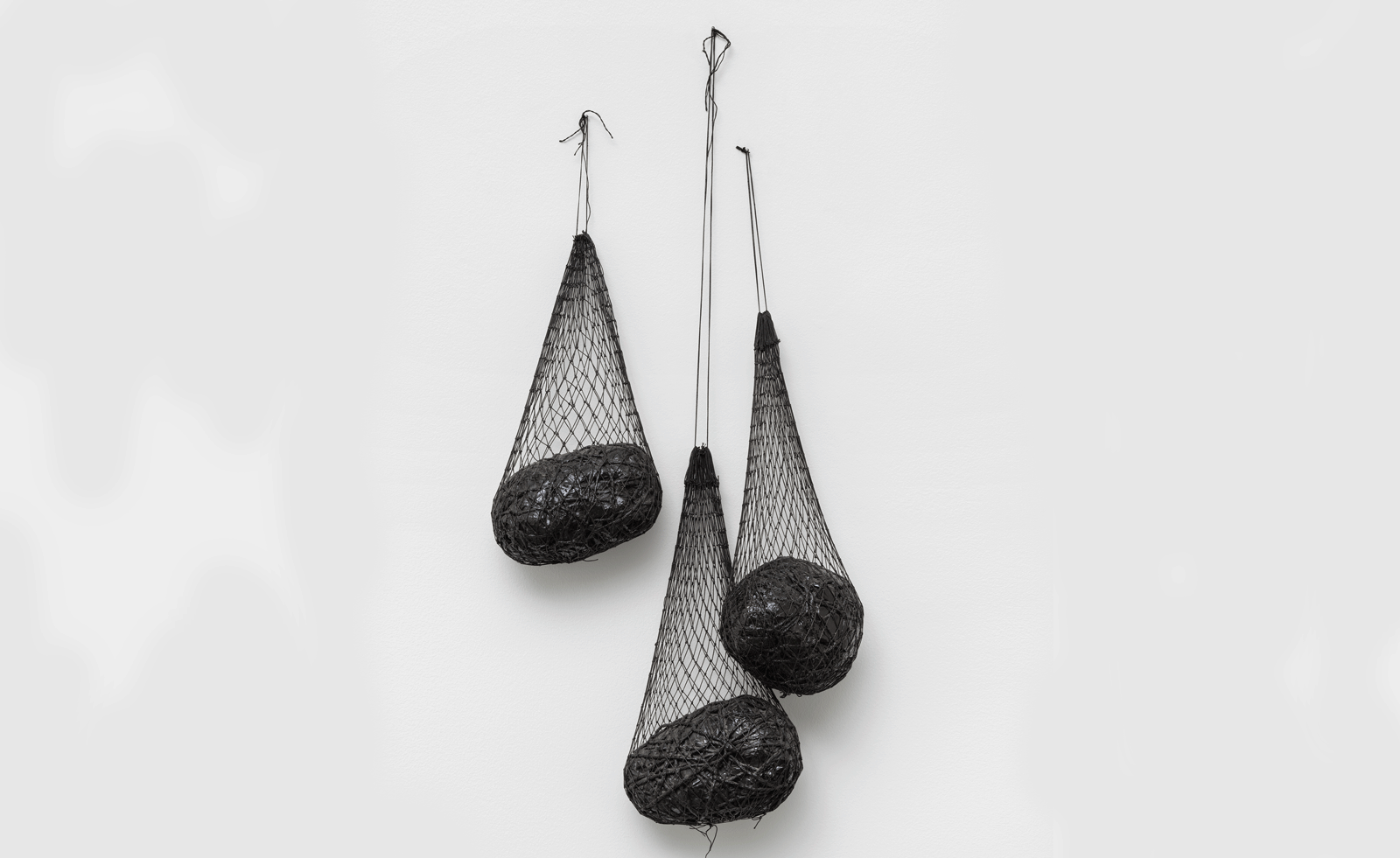
‘I can see now that I was looking for “feminist art”.’ So said the feminist critic and curator Lucy Lippard of her influential ‘Eccentric Abstraction’ show, staged at New York’s Fischbach Gallery in 1966. With the city’s art scene dominated by Minimalism and Conceptualism, Lippard’s exhibition marked a turning point in post-war sculpture by bringing together artists who worked with unconventional, often unstable, materials, including latex, rubber, foam, string, fibreglass, papier-mâché, netting, and wire. But of all the works on display, it was those by female artists – Alice Adams, Louise Bourgeois, and Eva Hesse – that drew the most interest from critics and the public. Through their shared commitment to experimentation, humour, and repetition, their art brought a renewed urgency to the unconscious and female eroticism. Now, The Courtauld gallery in London reunites their works for the first time since Lippard’s show.
For all the titillating promise of its title, ‘Abstract Erotic’ is not an exhibition explicitly about sexuality. Hesse famously spoke of ‘uckiness’ in her art, and these pieces deliver it in spades. If they verge on the grotesque, even the repellant, that’s precisely the point. Some of the latex here has weathered like rotting flesh. But as Mignon Nixon explains in her accompanying essay, Bourgeois’ Portrait (1963) – a congealed mass of burgundy latex lumps, ‘like some scabrous apron or placental lining’ – shows the medium’s capacity for transformation.
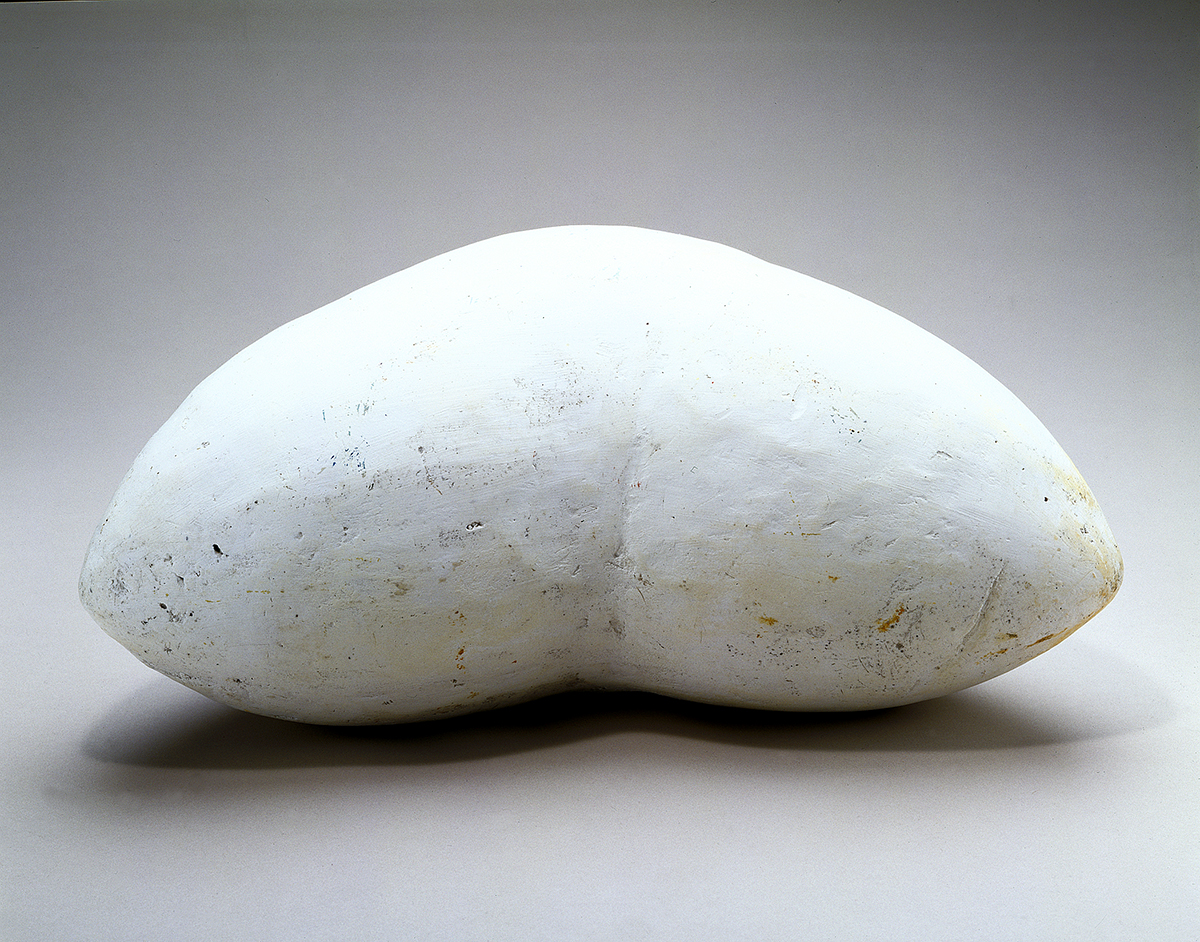
Louise Bourgeois (1911 - 2010), Tits, 1967, plaster
As a keen follower of Freudian psychoanalysis, Bourgeois most viscerally confronted bodiliness and its discontents through fleshy, entrail-like forms. Suspended from a meat hook, Fillette (Sweeter Version) (1968-99) resembles a mummified penis but remains anatomically and insistently ambiguous. Made from pigmented urethane rubber, it’s one of several bulging, drooping sculptures – Hesse’s bulbous paper and metal balls in nets are not to be missed – that skew more phallic. To balance this, the vitrine at the show’s entrance houses Bourgeois’ aptly named Tits (1967) alongside Adams’ woven steel cable structures that loop and twist over themselves. As Hesse said: ‘Endless repetition can be erotic.’
If Bourgeois used her repetitive drawings to ‘unearth memories’ – also on show downstairs from ‘Abstract Erotic’ – then Adams takes up abstraction to think through the gendered logics of architecture: presence, and what it means to make space for oneself. A scathing response to Manhattan’s redevelopment in the 1950s and 1960s, 22 Tangle (1964-68) is a reborn industrial object made from rusted steel cable, fluorescent paint and a scavenged chain-link fence. For Adams, bodies, like buildings, are sites of enclosure and shelter; both histories of containment and resistance. Although Threaded Grid (1964) and Threaded Drain Plate (1964) are made of much sturdier stuff than her early fibre works, they also gesture towards the domestic toil and drudgery of ‘women’s work’ in and out of the home.
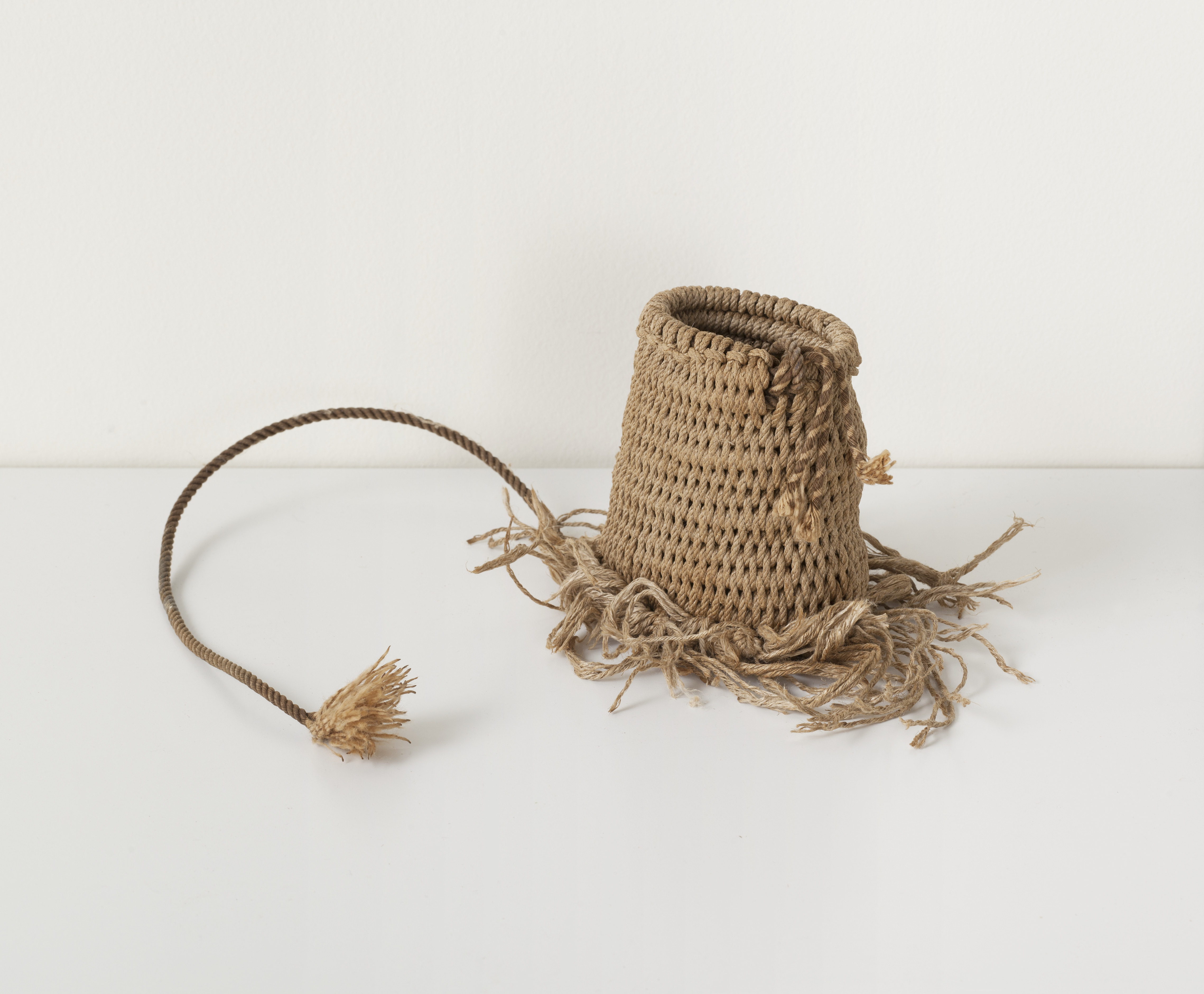
Alice Adams (b. 1930), Sheath, 1964, Cotton cord on cotton rope
Adams remains the least known of the trio, and while her inclusion here feels necessary, even urgent, her sculptures don’t always hold the same formal tension or psychic charge as those of Hesse or Bourgeois. Yet they are still well worth seeing, if only for the giant aluminium sculptures alone. Doubtless, the most arresting works are the most tactile, the most primordial. With her curation, Lippard wanted to ‘invite touch’; at the Courtauld, the response these sculptures summon might sit in that strange place between curious arousal and repulsion, but they are very tempting to touch indeed.
‘Abstract Erotic’, until 14 September 2025 at The Courtauld, courtauld.ac.uk
Receive our daily digest of inspiration, escapism and design stories from around the world direct to your inbox.
Katie Tobin is a culture writer and a PhD candidate in English at the University in Durham. She is also a former lecturer in English and Philosophy.
-
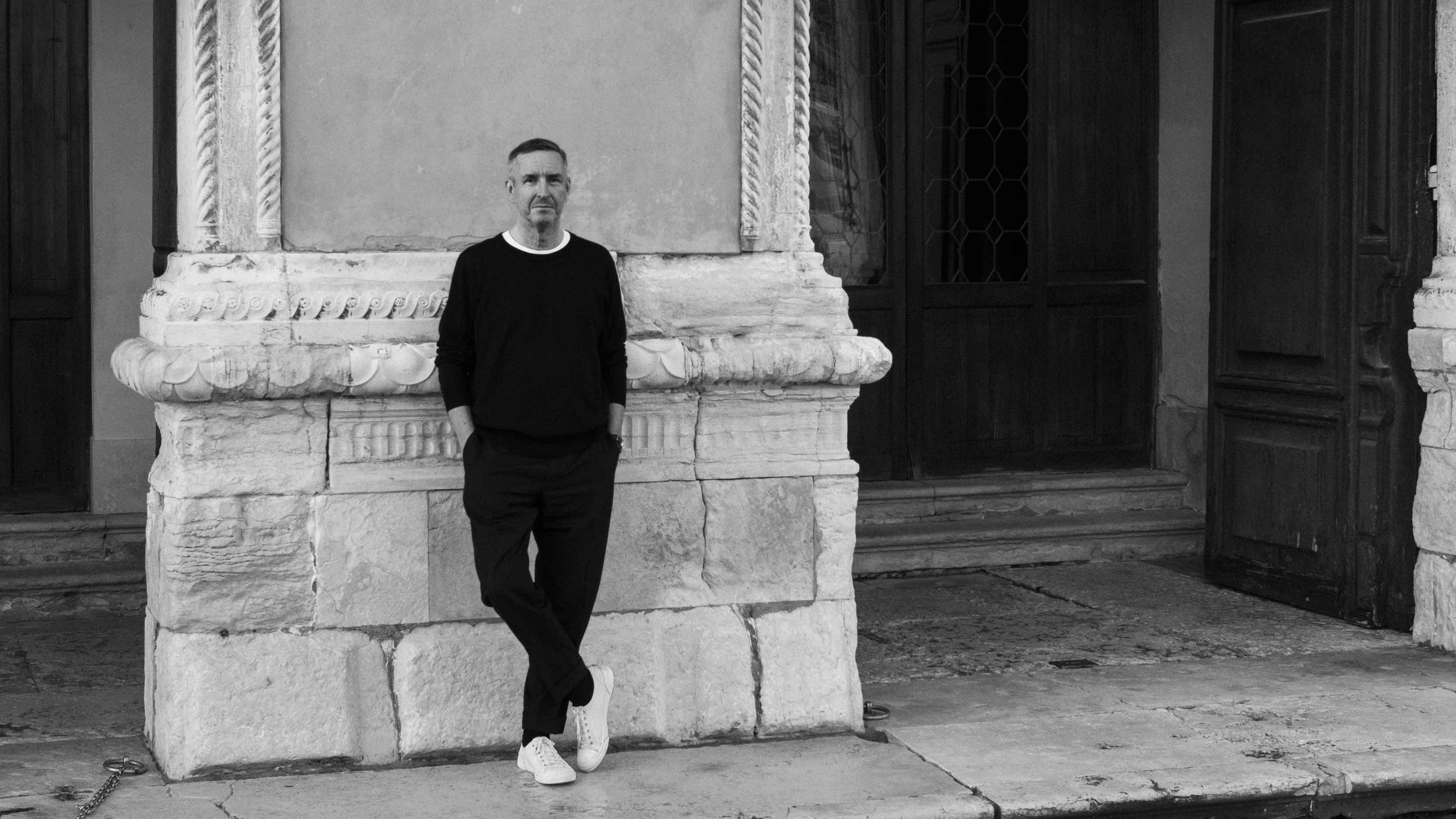 Dries van Noten on why he's building a new home for craft in Venice
Dries van Noten on why he's building a new home for craft in VeniceA year after departing the runway, Dries van Noten unveils his next chapter: the Fondazione Dries Van Noten, a newly announced cultural initiative in Venice celebrating craft in all its forms. Wallpaper meets the designer to find out why he’s not ready to retire.
-
 Alexander Wessely turns the Nobel Prize ceremony into a live artwork
Alexander Wessely turns the Nobel Prize ceremony into a live artworkFor the first time, the Nobel Prize banquet has been reimagined as a live artwork. Swedish-Greek artist and scenographer Alexander Wessely speaks to Wallpaper* about creating a three-act meditation on light inside Stockholm City Hall
-
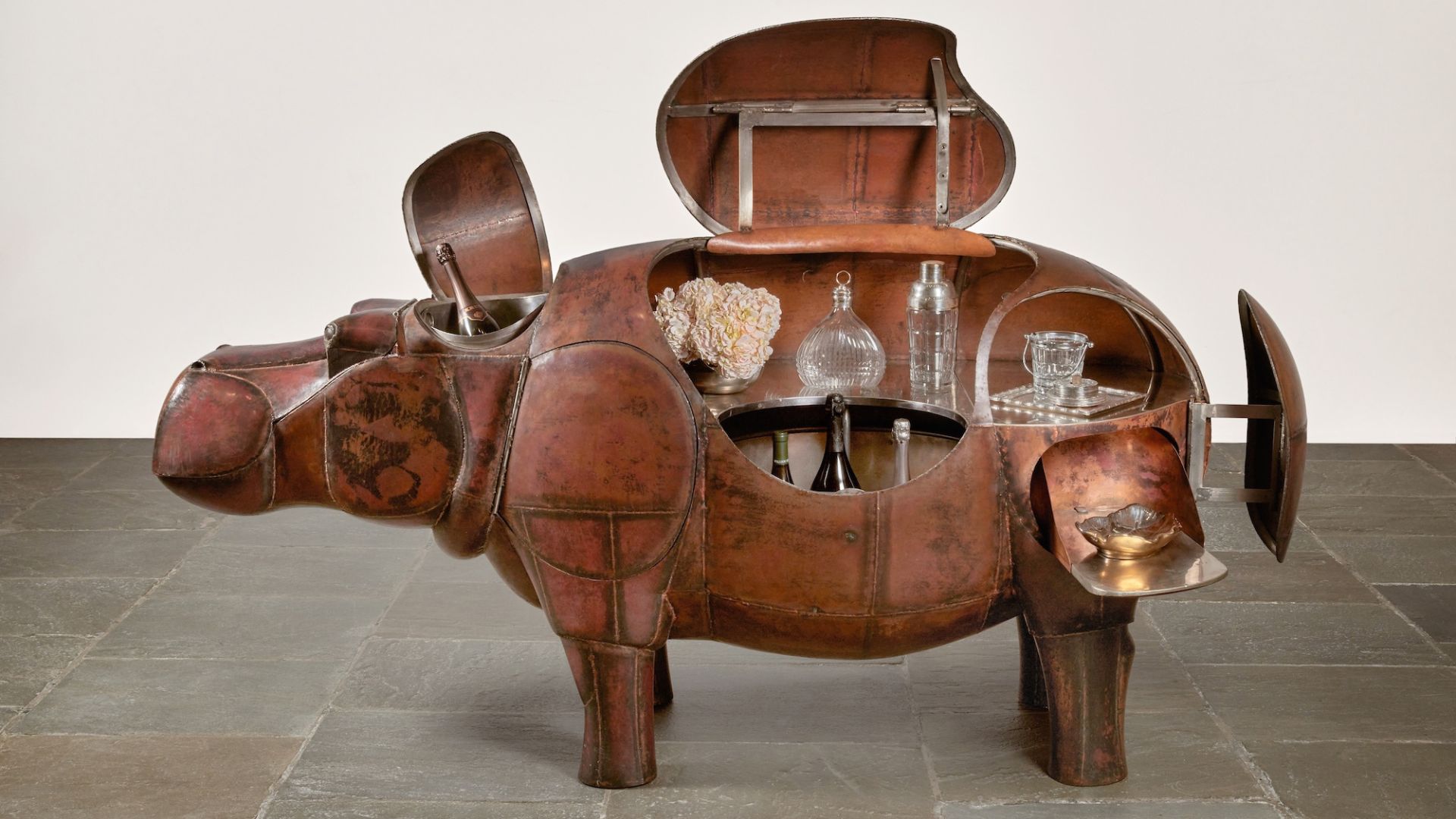 At $31.4 million, this Lalanne hippo just smashed another world auction record at Sotheby’s
At $31.4 million, this Lalanne hippo just smashed another world auction record at Sotheby’sThe jaw-dropping price marked the highest-ever for a work by François-Xavier Lalanne – and for a work of design generally
-
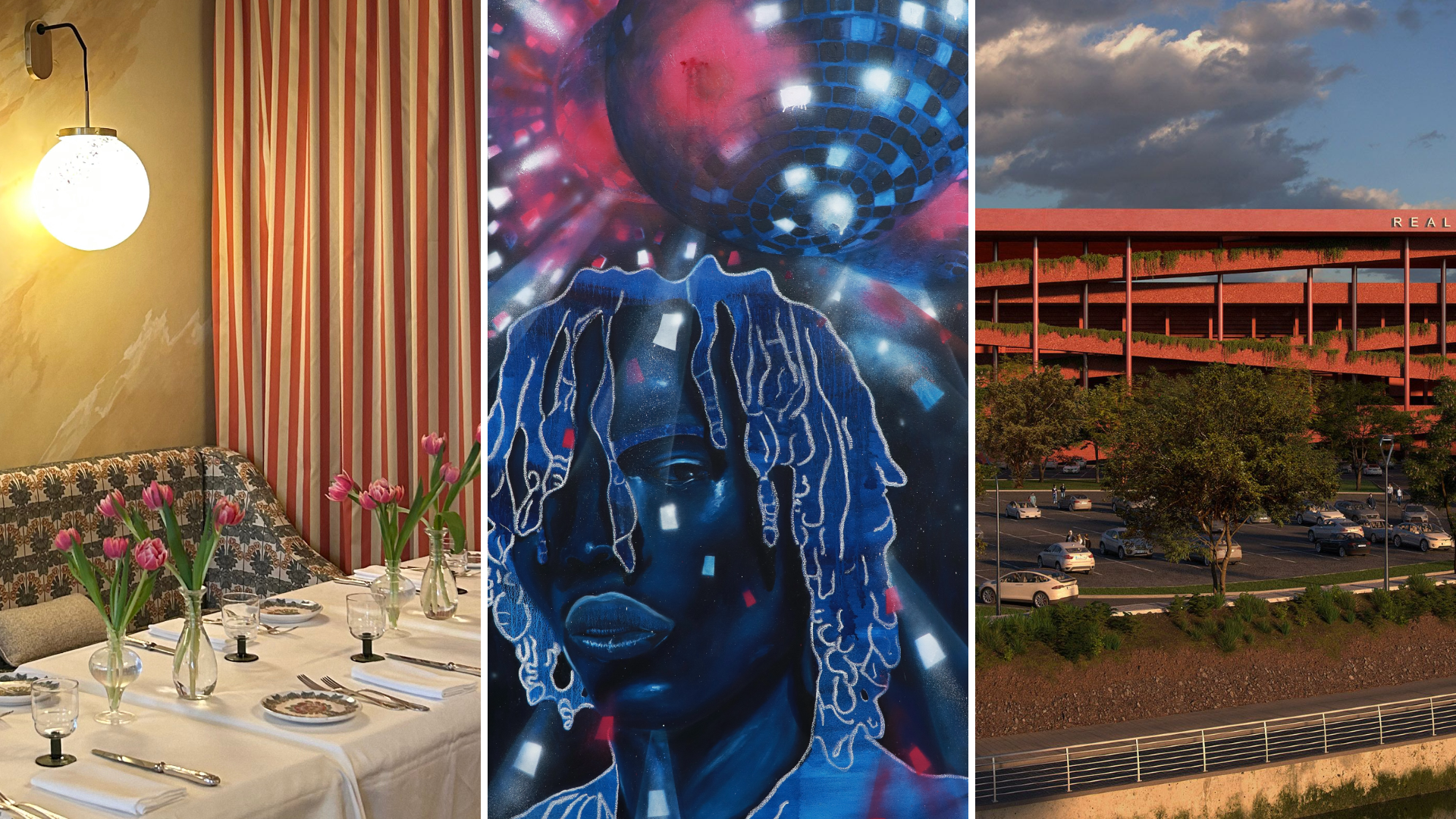 Out of office: The Wallpaper* editors’ picks of the week
Out of office: The Wallpaper* editors’ picks of the weekIt’s wet, windy and wintry and, this week, the Wallpaper* team craved moments of escape. We found it in memories of the Mediterranean, flavours of Mexico, and immersions in the worlds of music and art
-
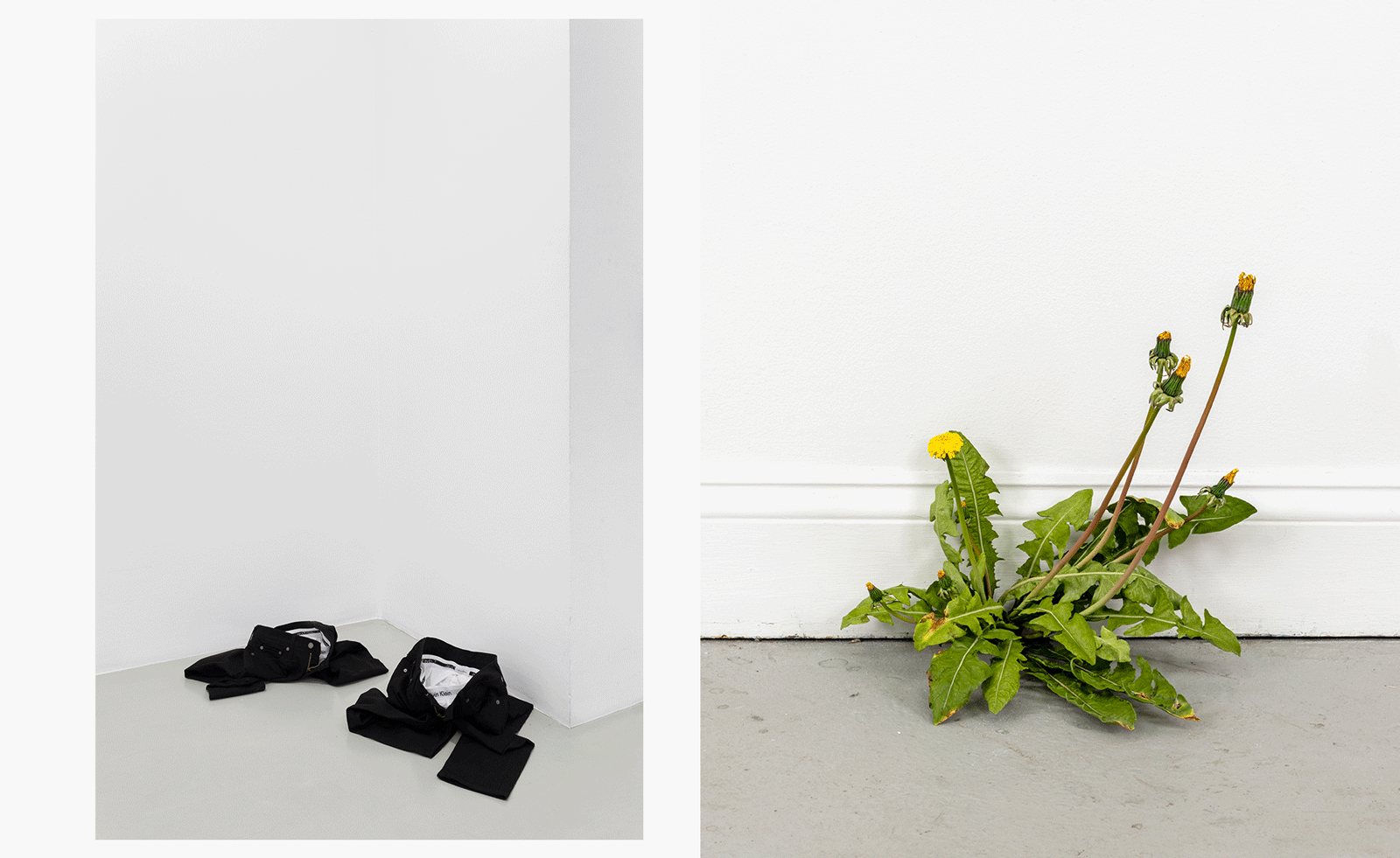 Each mundane object tells a story at Pace’s tribute to the everyday
Each mundane object tells a story at Pace’s tribute to the everydayIn a group exhibition, ‘Monument to the Unimportant’, artists give the seemingly insignificant – from discarded clothes to weeds in cracks – a longer look
-
 Out of office: The Wallpaper* editors’ picks of the week
Out of office: The Wallpaper* editors’ picks of the weekThis week, the Wallpaper* team had its finger on the pulse of architecture, interiors and fashion – while also scooping the latest on the Radiohead reunion and London’s buzziest pizza
-
 Out of office: The Wallpaper* editors’ picks of the week
Out of office: The Wallpaper* editors’ picks of the weekIt’s been a week of escapism: daydreams of Ghana sparked by lively local projects, glimpses of Tokyo on nostalgic film rolls, and a charming foray into the heart of Christmas as the festive season kicks off in earnest
-
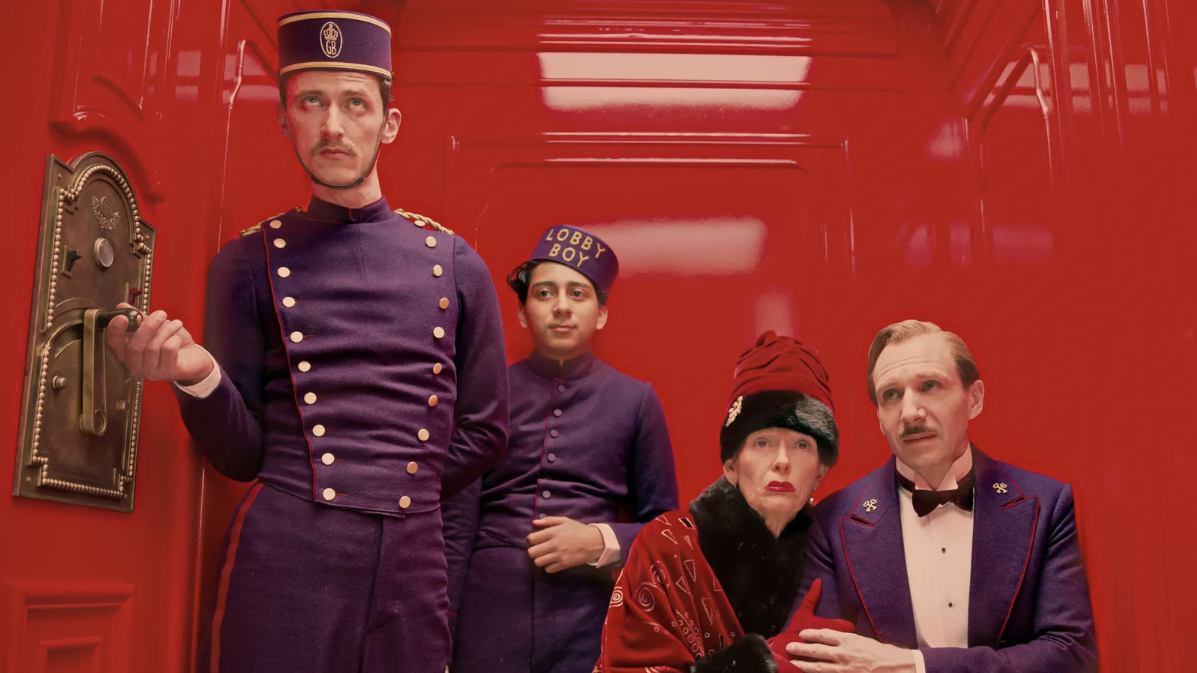 Wes Anderson at the Design Museum celebrates an obsessive attention to detail
Wes Anderson at the Design Museum celebrates an obsessive attention to detail‘Wes Anderson: The Archives’ pays tribute to the American film director’s career – expect props and puppets aplenty in this comprehensive London retrospective
-
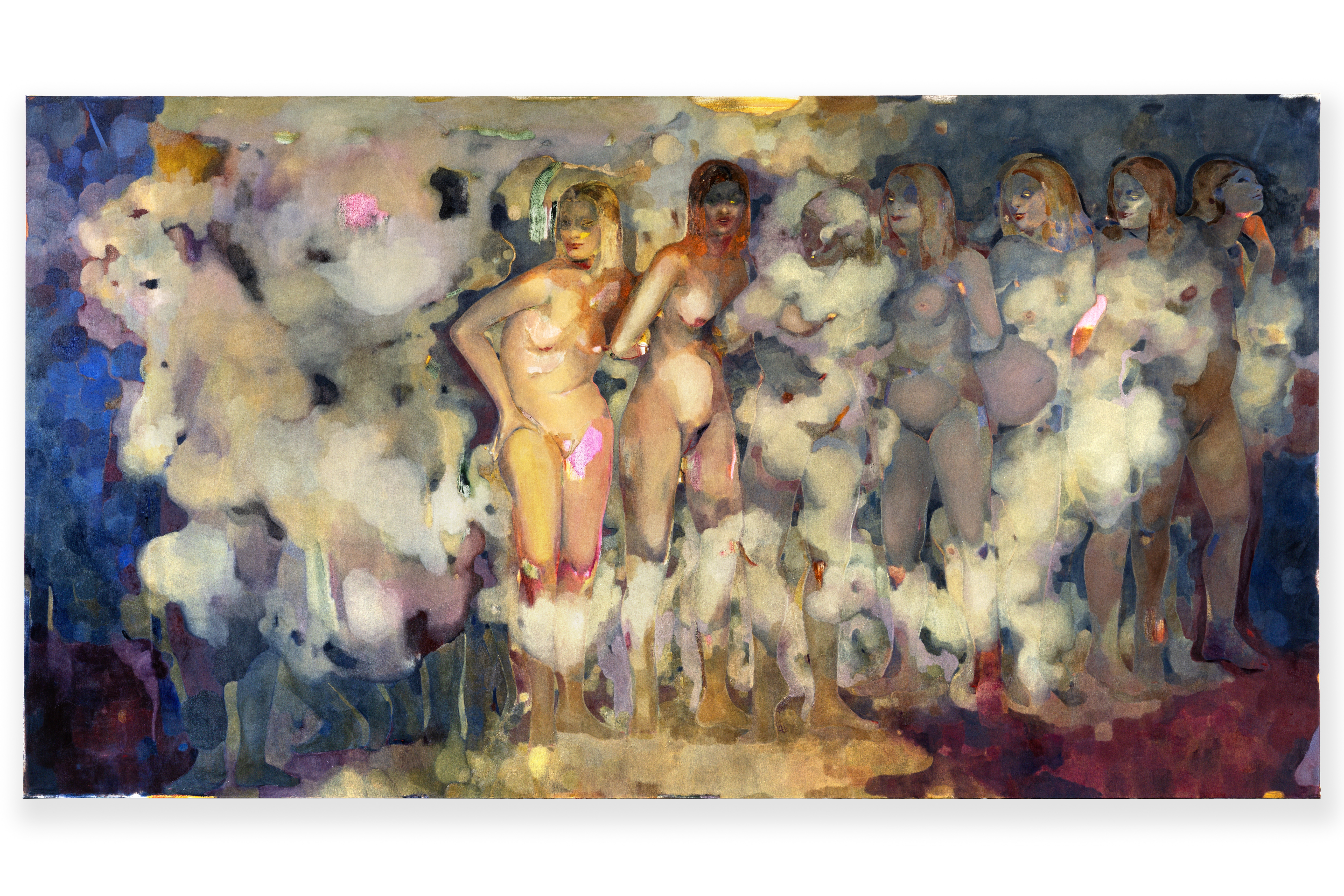 Meet Eva Helene Pade, the emerging artist redefining figurative painting
Meet Eva Helene Pade, the emerging artist redefining figurative paintingPade’s dreamlike figures in a crowd are currently on show at Thaddaeus Ropac London; she tells us about her need ‘to capture movements especially’
-
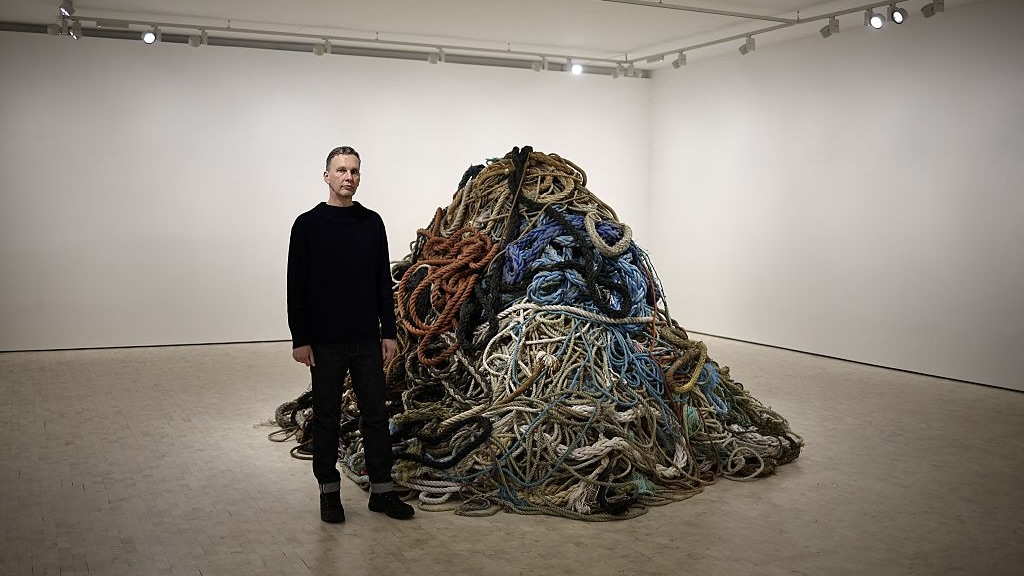 David Shrigley is quite literally asking for money for old rope (£1 million, to be precise)
David Shrigley is quite literally asking for money for old rope (£1 million, to be precise)The Turner Prize-nominated artist has filled a London gallery with ten tonnes of discarded rope, priced at £1 million, slyly questioning the arbitrariness of artistic value
-
 Out of office: The Wallpaper* editors’ picks of the week
Out of office: The Wallpaper* editors’ picks of the weekThe rain is falling, the nights are closing in, and it’s still a bit too early to get excited for Christmas, but this week, the Wallpaper* team brought warmth to the gloom with cosy interiors, good books, and a Hebridean dram